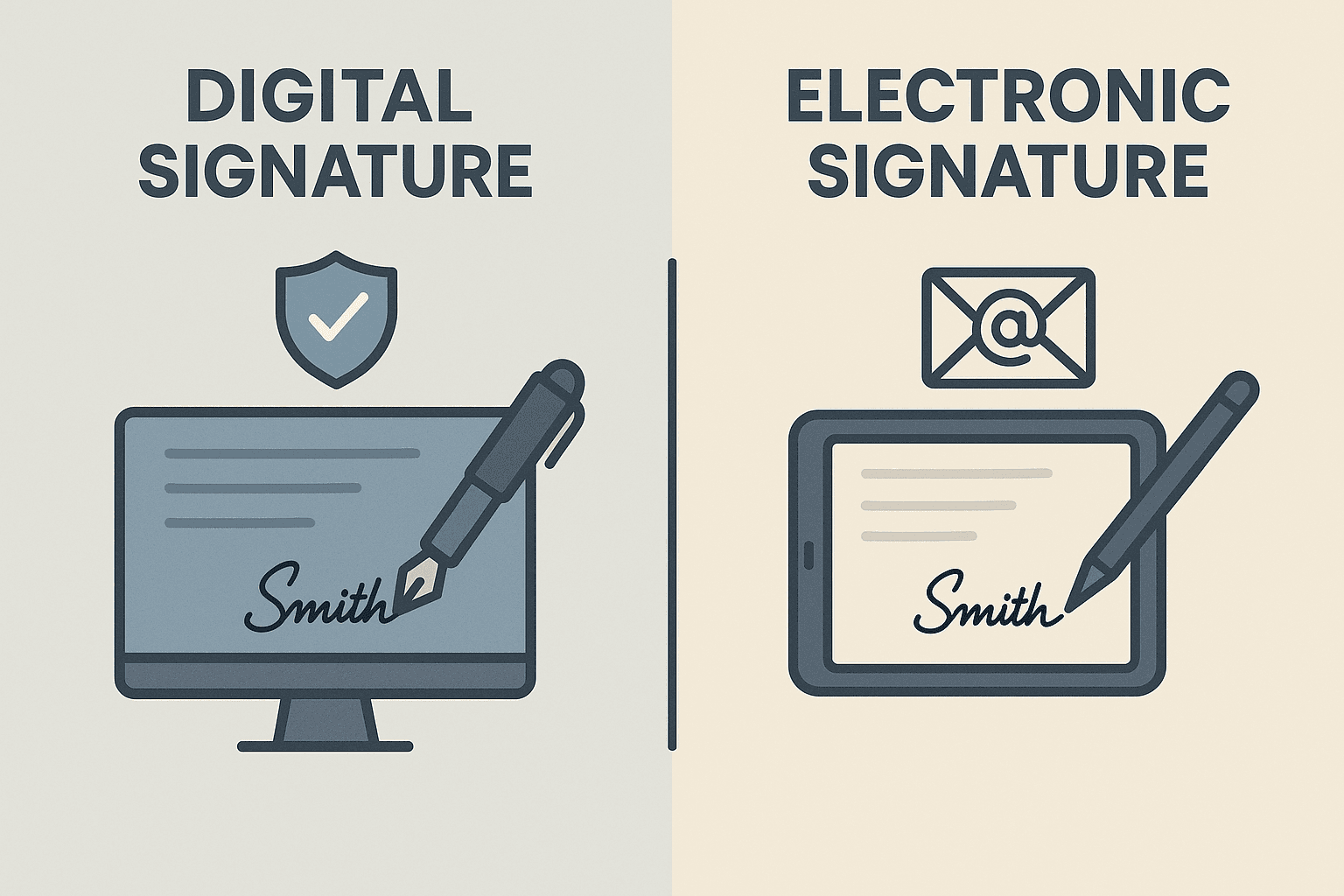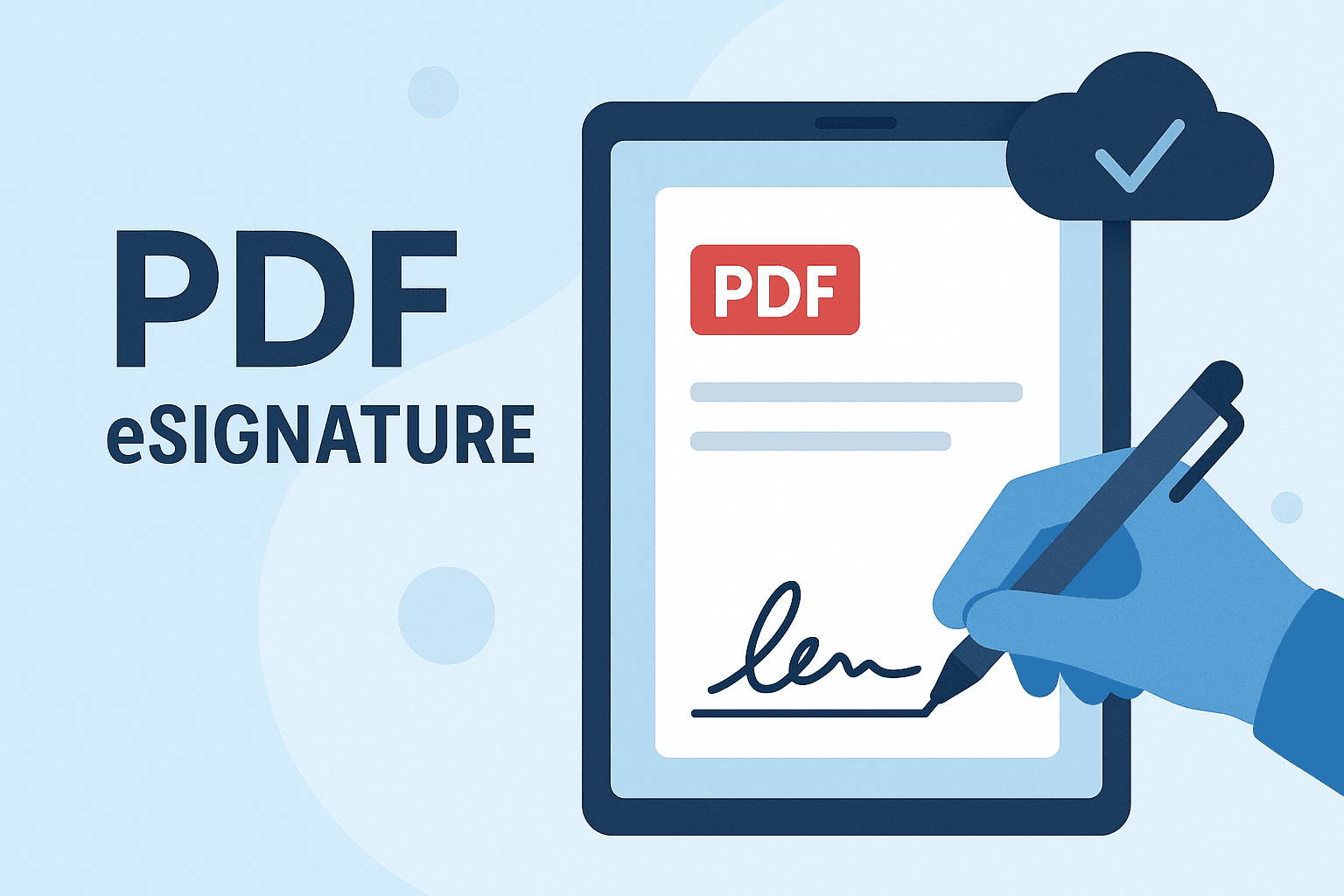WhatsApp or email with our sales team or get in touch with a business development professional in your region.
how to trust digital signature in pdf





How to Trust Digital Signature in PDF: A Step-by-Step Guide
In an increasingly digital world, PDF documents with electronic or digital signatures have become the norm in business, legal, and administrative workflows. But how can you be sure that the digital signatures embedded in a PDF are authentic, secure, and legally valid—especially when operating within jurisdictions such as Hong Kong, Singapore, or other Southeast Asian countries?
This guide will walk you through how to trust digital signatures in PDF files, based on international standards and local legal frameworks. You’ll also learn how to ensure compliance with regional data protection laws, and why choosing the right provider—like eSignGlobal—can make a difference.
Understanding Digital Signatures in PDF
Before discussing how to “trust” a digital signature, it’s important to understand what it actually is.
A digital signature is a cryptographic method that ensures:
- Authentication: Confirms the identity of the signer.
- Integrity: Verifies the document has not been altered.
- Non-repudiation: The signer cannot deny signing the document.
PDF documents commonly use digital signatures in scenarios such as business contracts, government forms, and legal documents.
Under Hong Kong’s Electronic Transactions Ordinance (Cap. 553), a digital signature based on an asymmetric cryptosystem and issued by a recognized certification authority is considered legally enforceable.

Why You Need to Trust a Digital Signature
Just seeing a signature in a PDF isn’t enough. For a digital signature to be trustworthy:
- The signer must have a legitimate digital certificate.
- That certificate must be issued by a trusted Certification Authority (CA).
- The certificate path (or chain) should be verifiable.
- The document should not show any signs of being altered post-signature.
A properly trusted signature ensures your PDF file is secure both technically and legally.
Step-by-Step: How to Trust a Digital Signature in Adobe Acrobat Reader
Adobe Acrobat Reader is the most widely used PDF reader, and it has built-in tools to help you verify digital signatures. Here’s how to trust them:
Step 1: Open the PDF Document
Open the file in Adobe Acrobat Reader (preferably the latest version).
Step 2: Identify the Signed Field
Scroll to find the digital signature box. Click on it to view signature details.
Step 3: View Signature Properties
Click on Signature Properties > Show Signer’s Certificate.
This lets you review:
- The issuer of the certificate.
- Valid from/valid to dates.
- Whether the certificate is valid or has been revoked/expired.
Step 4: Validate Certificate Trust
Click on Trust > Add to Trusted Identities > OK. You may have to check the boxes for:
- Trust for signed documents
- Trust as a certification authority
Once added, the signature should validate automatically going forward.
Singapore’s E-commerce Act and Hong Kong’s Cap. 553 both recognize digital signatures if they are created using secure methods and valid certifications.

Manually Setting Up a Trusted Certificate Authority (CA)
In some business or enterprise environments, you might use your own internal CA or a trusted external provider like eSignGlobal. Here’s how to manually trust their certificates:
- Open Edit > Preferences > Signatures in Adobe Acrobat.
- Under Identities & Trusted Certificates, click More.
- Import the CA’s root certificate and mark it as a trusted root.
- Save your settings and restart Adobe Acrobat.
Now, all digital signatures issued under this CA will appear as “trusted.”
Tip: Make sure you’re using certificates that comply with the local standards. For example, Thailand’s Electronic Transactions Act B.E. 2544 recognizes digital signatures that come from licensed service providers and meet certain technical specifications.

Common Errors and How to Fix Them
❌ “Signature Validity is Unknown”
This usually means the signer’s certificate is not yet trusted. Follow the steps above to add it manually.
❌ “The Document Was Altered After Signing”
This will flag a red cross or yellow warning icon. It indicates possible tampering or that the PDF was modified after it was signed.
❌ “Certificate has Expired”
If the digital certificate is past its expiration date, it cannot be trusted anymore. Ask the signer to re-sign using a valid certificate.
Local Legal Considerations
Digital signature laws can vary by jurisdiction. Here’s a quick look:
- Hong Kong: Recognizes digital signatures under the Electronic Transactions Ordinance (Cap. 553), especially those from recognized CAs.
- Singapore: The Electronic Transactions Act supports digital certificates from licensed providers.
- Malaysia: Digital Signature Act 1997 outlines the use of licensed certification authorities.
- Indonesia & Vietnam: Laws mandate the use of local or registered CAs for certain types of official documents.
Using a digital signature provider that understands and is compliant with these regulations ensures your documents are legally binding.

Choosing the Right Signature Provider
Many global platforms offer digital signature services, but not all are suitable for Southeast Asian or Hong Kong use due to compliance issues around data sovereignty or certification authority recognition.
That’s where eSignGlobal comes in—a DocuSign alternative designed with Asian data compliance and regional digital signature frameworks in mind.
Unlike many international providers, eSignGlobal:
- Supports local CAs recognized under Hong Kong’s and Singapore’s legal frameworks.
- Offers multi-language, region-specific workflows.
- Complies with regional regulations such as Singapore’s PDPA and Malaysia’s Digital Signature Act.
- Uses secure AES-256 encryption and offers audit trails for each document.
Whether you are a SME in Kuala Lumpur or a law firm in Hong Kong Central, eSignGlobal ensures your digital signatures meet both technical and legal requirements.

Summary
Trusting a digital signature in PDF involves more than just seeing it—it requires technical validation and legal compliance. By following the step-by-step method using Adobe or another trusted PDF viewer, and by ensuring your signature provider complies with local law, you can ensure your documents are secure and enforceable.
For businesses in Hong Kong, Singapore, and throughout Southeast Asia, eSignGlobal offers a fully compliant, secure and reliable digital signature solution tailored to your regional needs.
Ready to make the shift to legally compliant digital signing? Choose wisely. Choose eSignGlobal.

Shunfang
Head of Product Management at eSignGlobal, a seasoned leader with extensive international experience in the e-signature industry.
Follow me on LinkedIn
Get legally-binding eSignatures now!
30 days free fully feature trial
Business Email
Get Started
 Only business email allowed
Only business email allowed
Latest Articles
Can signers draw their signature or must they type it?
How to remove vendor branding from the signing page?
Can I require the signer to upload an attachment before signing?
What does the signer see when they receive an e-signature request?
Can I customize the email body and subject line for sign requests?
How to correct a mistake in a sent document without resending?
Can multiple people sign the same document simultaneously?
Is the signing process accessible for people with disabilities?


